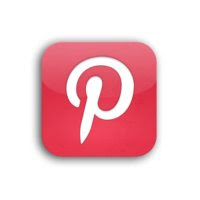The Iditarod for all of you who might not know, is one of the biggest sled dog races in America. It takes place in Alaska during the month of March. The Iditarod has a special place in my heart. My fifth grade teacher introduced it to me and I fell in love! The race has so much history, and there is so much you can do within your curriculum by following this race.
Since this is my first year teaching my own classroom, I decided I had to at least try to follow the race with my kids. I told myself not to have any expectations, but just to enjoy it. March is a busy month with our MCAS testing, so we did not have an ample amount of time to spend on the Iditarod, but my students were able to track their musher (a person who drives the sled), create a journal from the musher's point of view, and learn about Alaska and it's history.
The Iditarod website has many great resources along with a great blog! Click
Here to see the Iditarod website! The kids loved it and had so much fun following their musher. We are going to write letters to them and hopefully they will send us one back!
I was able to trace a map of the trail, so the students could visible see where their mushers were.
Each student made a flag to represent their musher.













